Supply Chains, Primary Products:
On this page
Prepared by the New Zealand Embassy in Ha Noi
Report
Viet Nam has been a solid and growing market for New Zealand timber products for the past five years. Exports were valued at NZD106 million ye 2019, of which 92% was sawn timber and panels. New Zealand is currently the 10th largest exporter of wood products to Viet Nam (10 times smaller than the largest supplier, the USA). We supply 3.5% and 8.6% respectively of imported sawn timber and panels. New Zealand exports a very limited amount of logs and pulp market to Viet Nam. Viet Nam is a substantial log and pulp importer, but mainly of hardwood species.
New Zealand and Viet Nam are both members of two regional free trade agreements - the ASEAN, Australia, New Zealand Free Trade Agreement (AANZFTA) and the Comprehensive and Progressive Agreement for Trans Pacific Partnership (CPTPP). All major timber and timber product categories are tariff free under both AANZFTA and CPTPP. This is no longer an advantage for New Zealand sawn timber as the applied MFN tariff rate is also 0% (though it is 8% for panels).
Viet Nam’s timber processing industry is the largest in South East Asia and is Viet Nam’s brightest primary sector star. This massive export-oriented sector is fed by domestic plantations (predominantly acacia) and around NZD4.4 billion per year of imported logs and timber products. In 2019, Vietnamese timber product exports were a record breaking NZD15 billion, a four-fold increase since 2007, dominated by furniture (60% of export value) with woodchips (24%) and panels (8%) also major contributors.
While hardwood is the manufacturing wood of choice, there is a market for softwood and most New Zealand timber products are used for furniture frames, wooden furniture, and similar products. Timber is not typically used for concrete formwork in Viet Nam. There may be a future market for panels and features in hotels, resorts and convention centres. New Zealand pine is appreciated for its light colour and for having low resin, being easy to treat, easy to machine, and easy to stain – all valued qualities in the furniture industry.
However, New Zealand faces stiff competition in the softwood market with both Chile and Brazil exporting significant quantities of pine to Viet Nam and from USA Douglas fir, hemlock and Southern yellow pine. According to contacts, Chilean pine sells at 5%-7% less than similar grade New Zealand pine, a significant difference in this highly price sensitive market.
The impacts of the COVID-19 pandemic have taken a few months to be felt as the sector completed back orders. According to Viet Nam Customs, exports in the first half of 2020 even rose 2.7% y/y to NZD 7.93 billion. This is not expected to continue in the second half, with the Vietnamese Ministry of Industry and Trade forecasting y/e 2020 exports to have zero or slightly negative growth compared to 2019.
A recent survey by the Viet Nam Timber and Forest Product Association highlighted a slowdown in forward orders. A reported 86% of businesses have reduced or are planning to reduce operations, 7% have ceased operating and only 7% say they are operating at pre-COVID levels. The impacts of this are already being felt: New Zealand Q2 2020 timber exports were NZD9.3 million (37%) less than both Q2 2019 and Q2 2018 figures (Statistics NZ).
While not enough to stem the tide, the furniture sector has started to innovate. The largest industry association has just launched an online exhibition to connect manufacturers with international and domestic buyers. It features 360-degree showrooms, a 3D product catalogue, apps that enable 24/7 interaction between exhibitors and visitors. There are currently 50 virtual showrooms and a plan to double this by the end of the year.
There are other changes on the horizon that will affect the import market. Viet Nam is developing a timber legality assurance system as part of an agreement with the EU on forest law enforcement, governance and trade. Once fully implemented, all timber produced in or imported into Viet Nam (and exported to the EU) will need to demonstrate its legality and be traceable throughout the supply chain. The Ministries for Primary Industries and of Foreign Affairs and Trade are working to ensure that New Zealand is recognised as a low risk country under the new rules to ensure exports can continue without complications. If New Zealand can successfully demonstrate its legality credentials, it may become a more attractive supplier if trade is easier and smoother compared with other suppliers.
NB: Unless otherwise specified, all data sourced from Global Trade Atlas on 31 July 2020.
To contact our Export Helpdesk
- Email: exports@mfat.net
- Phone: 0800 824 605
- Visit Tradebarriers.govt.nz(external link)
Disclaimer
This information released in this report aligns with the provisions of the Official Information Act 1982. The opinions and analysis expressed in this report are the author’s own and do not necessarily reflect the views or official policy position of the New Zealand Government. The Ministry of Foreign Affairs and Trade and the New Zealand Government take no responsibility for the accuracy of this report.

